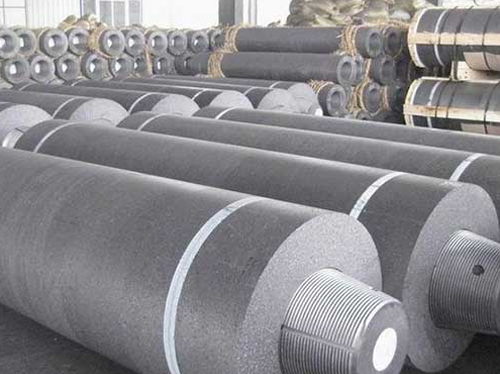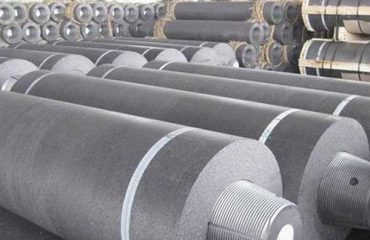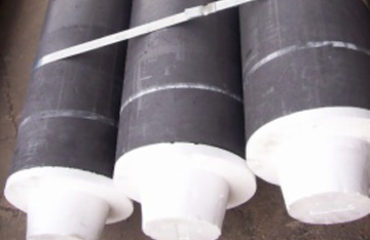
Graphite electrodes are essential for electric arc furnaces (EAFs) due to their unique properties and capabilities that make them suitable for the intense operating conditions of these furnaces. EAFs are used for melting and refining steel, and graphite electrodes play a critical role in the steelmaking process. In this article, we will explore the reasons why graphite electrodes are essential for electric arc furnaces.
Graphite has excellent electrical conductivity, making it an ideal material for electrodes used in EAFs. The electrodes carry a high electric current through the furnace, creating an electric arc that generates the heat necessary for melting the raw materials. Graphite’s high electrical conductivity ensures efficient and stable electrical energy transfer, reducing energy loss and providing a steady heat source for the furnace.
Thermal resistance: Graphite has high thermal resistance, allowing it to withstand the extreme temperatures reached inside an EAF. During the steelmaking process, the temperature in an electric arc furnace can exceed 3,000 degrees Celsius. Graphite electrodes can handle such high temperatures without significant degradation, ensuring long-lasting performance and stability.
Graphite electrodes have a high thermal conductivity, which allows for efficient heat transfer during the steelmaking process. The electrodes absorb heat from the electric arc and transfer it to the charge materials, melting them in the process. The high thermal conductivity of graphite ensures that heat is evenly distributed throughout the furnace, promoting uniform melting and refining of the steel.
Graphite electrodes possess sufficient mechanical strength to withstand the mechanical stresses and strains encountered in an EAF. The electrodes are subjected to various mechanical forces, such as bending, twisting, and compression, during their operation. Graphite’s high strength and rigidity make it resistant to mechanical damage, ensuring the electrodes can withstand these forces without failure.
Chemical inertness: Graphite is chemically inert, meaning it does not readily react with most substances at high temperatures. This property is particularly important in the steelmaking process, where the electrodes come into contact with various molten metal and slag components. Graphite electrodes’ chemical inertness prevents them from reacting with the molten steel or slag, ensuring the purity of the final steel product.
Graphite exhibits low thermal expansion, which means it does not significantly expand or contract with temperature changes. This property is crucial in EAFs, as the electrodes must maintain their dimensions and structural integrity at high temperatures. The low thermal expansion of graphite helps prevent the electrodes from cracking or breaking due to thermal stress.
Graphite electrodes offer a cost-effective solution for electric arc furnaces compared to other electrode materials. Graphite is abundant, with a relatively low cost compared to materials like copper or carbon composite. Additionally, graphite electrodes have a longer lifespan compared to alternative materials, reducing the frequency of electrode replacements and overall maintenance costs.
Graphite electrodes are essential for electric arc furnaces due to their exceptional combination of properties and capabilities. Through their high electrical conductivity, thermal resistance, heat transfer efficiency, mechanical strength, chemical inertness, low thermal expansion, and cost-effectiveness, graphite electrodes play a critical role in the steelmaking process. These electrodes enable efficient and reliable steel production by providing a stable heat source, withstanding extreme temperatures, and facilitating uniform melting and refining.


